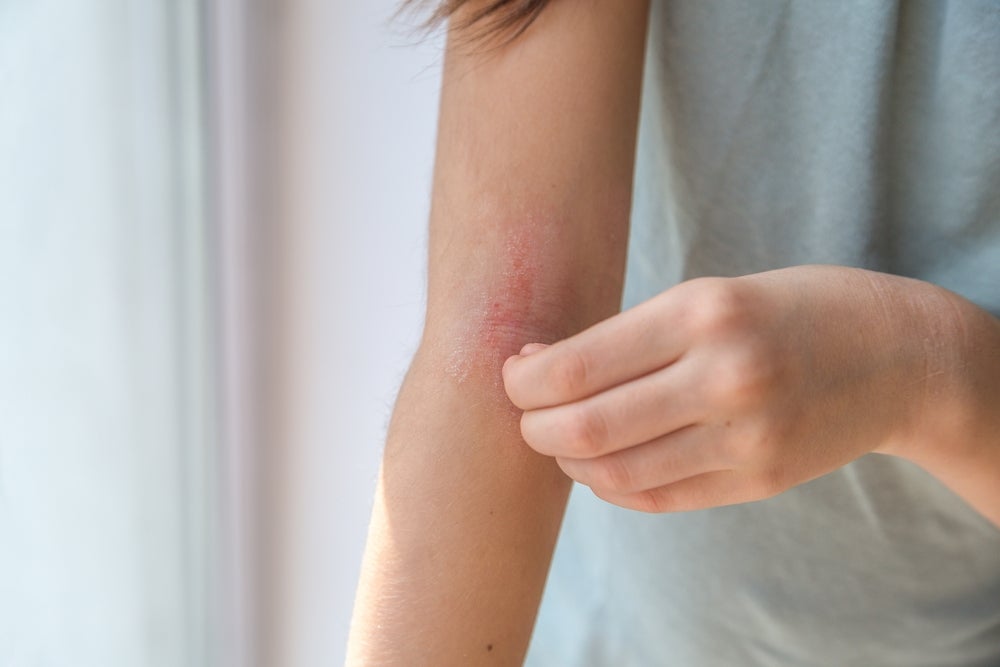Research Reveals Police Officers Discharge More Shots Than Civilians in Homicide Incidents
In a groundbreaking study published in the American Journal of Preventive Medicine, researchers have unveiled striking disparities in the lethality of firearm homicides involving police officers compared to those committed by civilians. Utilizing extensive data from the U.S. National Violent Death Reporting System (NVDRS) spanning 2005 to 2020, the investigation reveals that victims killed by […]


In a groundbreaking study published in the American Journal of Preventive Medicine, researchers have unveiled striking disparities in the lethality of firearm homicides involving police officers compared to those committed by civilians. Utilizing extensive data from the U.S. National Violent Death Reporting System (NVDRS) spanning 2005 to 2020, the investigation reveals that victims killed by police are shot multiple times with far greater frequency and severity. This pattern raises urgent questions surrounding law enforcement practices and the public health ramifications of fatal police shootings in the United States.
The study encompassed an analysis of data from 45 states and the District of Columbia, shedding light on the frequency and intensity of gunshot wounds sustained by victims in police-involved homicides. Approximately 6% of all firearm homicides recorded during the study period involved police shooters. Astonishingly, around 80% of these victims endured multiple gunshot wounds, with averages indicating a mean of six bullets per victim and a median of four. This contrasts sharply with homicide victims shot by civilians, two-thirds of whom faced multiple shots but with a notably lower mean follow-up of four bullets and a median of two.
Researchers emphasize that understanding not only the occurrence of shootings but also the degree of lethality—expressed through the number of gunshot wounds—is paramount for dissecting the dynamics at play in police use of lethal force. The methodology, employing detailed forensic and incident data from the NVDRS, allows for granular epidemiological insight. Importantly, this approach surpasses prior studies focused solely on rates of police shootings by incorporating wound counts as a proxy for the intensity and potential excessiveness of force used.
Demographic trends further complicate the narrative of police homicides. The highest rates of police firearm homicides were observed among individuals aged 25 to 44, with males disproportionately impacted at a rate 26 times that of females. Racial and ethnic disparities were pronounced: Black, Hispanic, and American Indian/Alaska Native populations faced rates more than double those experienced by White individuals. Geographically, residents of Western states suffered police firearm homicide rates four times greater than those in the Northeast, highlighting significant regional variation in law enforcement fatality dynamics.
Intriguingly, the study also examined weapon use by victims during these fatal encounters. While a majority of victims—approximately 76%—were armed at the time of death, the proportion of weapon use was lower among Black victims than White victims (69.3% versus 78.0%). This finding underscores the complex interplay between perceived threat levels, racial bias, and the justification narratives invoked in police shootings, and suggests that the number of shots fired may not correlate directly with victim aggression or danger.
When adjusting for weapon possession, certain groups still exhibited significantly higher numbers of gunshot wounds. Those aged 35 to 44 sustained more wounds than younger victims, and Hispanic victims experienced more gunshots than White victims. Regionally, Northeast victims had fewer gunshot wounds compared to victims in other parts of the country, suggesting that regional policing practices or policies could markedly influence the intensity of force applied during shootings.
Co-author David Hemenway underscores the gravity of these findings, emphasizing how quantitative data on bullet wounds challenges prevailing assumptions about police shootings. The greater number of wounds inflicted by police compared to civilian shooters not only signals differing operational standards and rules of engagement but also points to systemic variations in how firearm violence is enacted and managed by official agents of state power across regions.
Lead researcher Vageesh Jain calls attention to the broader public health context of fatal police violence in the United States. With over 1,000 civilians killed annually by law enforcement—the highest such rate among developed nations—this crisis represents an intractable and urgent societal challenge. The fact that more than half of these victims suffer four or more gunshot wounds indicates that officers often discharge multiple rounds per incident, raising critical questions about tactical necessity, escalation protocols, and the management of potentially lethal encounters.
The disproportionate lethality revealed by the number of shots fired carries profound implications for both policy and community relations. Excessive gunfire can suggest not only a heightened lethality risk but also a failure in de-escalation strategies, contributing to a cycle of mistrust and violence between police forces and the communities they serve. This is exemplified by high-profile cases such as the 2020 shooting of Jacob Blake, who was shot seven times in the back despite being unarmed, sparking nationwide protests and escalating conversations on systemic racism and police brutality.
Despite an annual average of around 1,000 police firearm homicides, the judicial system has rendered remarkably few convictions for these deaths—only four for murder and eighteen for manslaughter from 2005 to 2019. This stark disparity between the frequency of fatal police shootings and accountability measures fuels distrust, complicates reform efforts, and perpetuates perceptions of injustice within affected communities.
Dr. Jain advocates for comprehensive strategies addressing both the prevention of police homicides and the enhancement of post-incident management to rebuild community trust. While advancements in video documentation and heightened public scrutiny have brought increased awareness and sporadic reforms, the overall number of police killings has remained stubbornly constant over the past decade. These findings expose gaps in understanding the justification for multiple gunfire discharges and call for rigorous future research to unravel the determinants of this lethal variation across populations.
In sum, this study offers a critical descriptive epidemiological foundation to evaluate the lethality of police shootings in the United States. By illuminating the quantitative disparities in the number of bullet wounds inflicted, it challenges policymakers, law enforcement agencies, and public health officials to reevaluate use-of-force policies in the context of socio-demographic inequities and regional differences. Understanding why certain groups are disproportionately subjected to more lethal force is essential for crafting effective interventions aimed at reducing fatal outcomes and addressing longstanding systemic issues in American policing.
Subject of Research: People
Article Title: Firearm Homicides by Police in the United States: Who is Shot and How Many Times?
News Publication Date: 23-Apr-2025
Web References:
https://doi.org/10.1016/j.amepre.2025.02.004
References:
Data drawn from the US National Violent Death Reporting System (NVDRS), 2005-2020; Published in American Journal of Preventive Medicine by Elsevier.
Keywords: police shootings, firearm homicides, gunshot wounds, lethality, racial disparities, public health, law enforcement, use of force, policing, epidemiology, NVDRS, violence prevention
Tags: firearm homicide analysisgunshot wound severity in homicidesimplications of police use of forcelaw enforcement and public healthmultiple gunshot wounds in fatalitiesNVDRS data on violencepolice accountability in shootingspolice shootings statisticspolice versus civilian shooting comparisonpolicing practices and community safetyracial disparities in police shootingstrends in gun violence in the U.S.
What's Your Reaction?


































